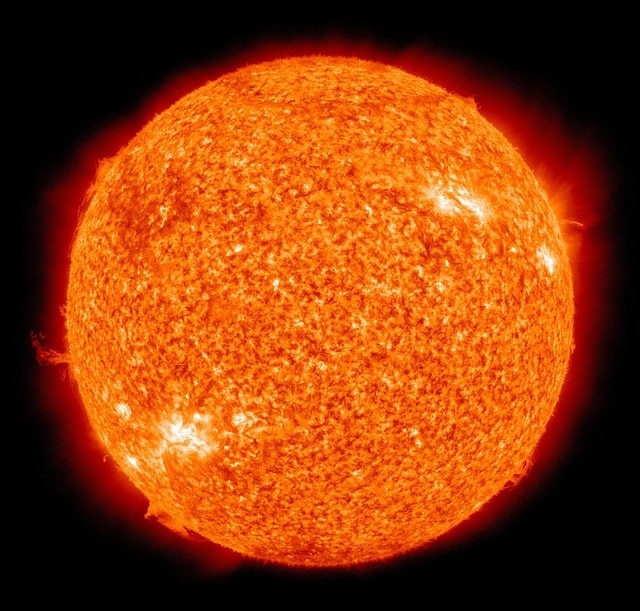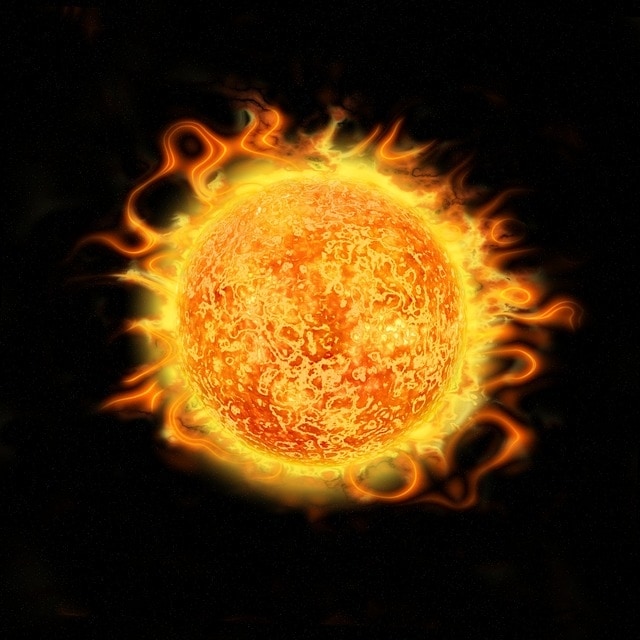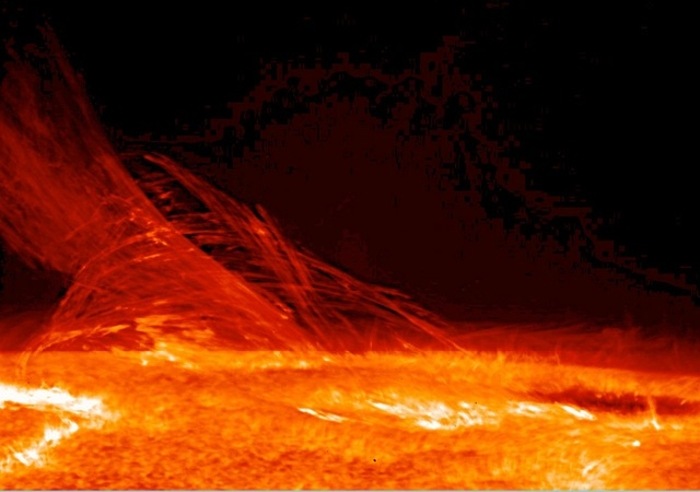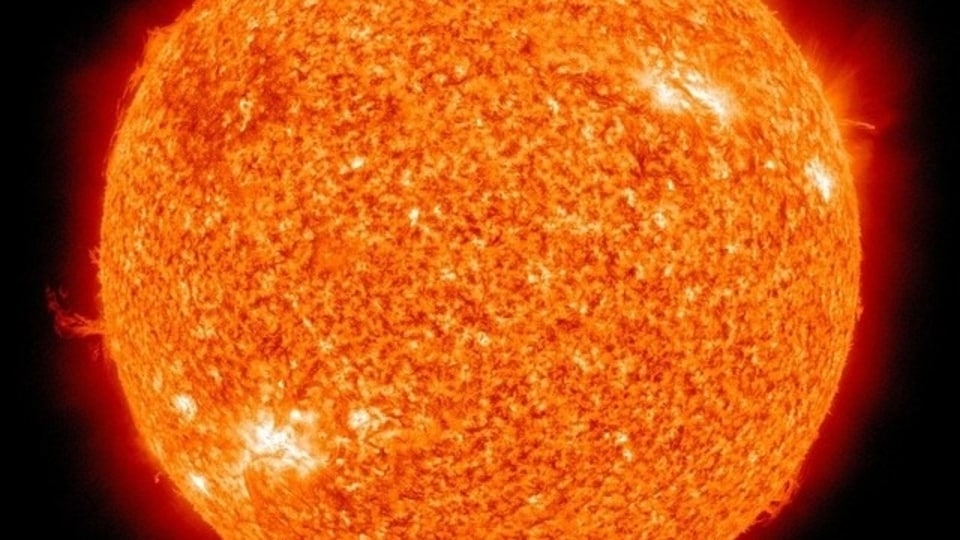Geomagnetic storm may hit Earth today; know what experts revealed
For a change, even as the Sun heads towards the solar maximum, solar activity has been a little low. However, that can change as there is a chance of a geomagnetic storm today.









First Published Date: 22 Oct, 18:35 IST
Tags:
geomagnetic storms
nasa
NEXT ARTICLE BEGINS


































